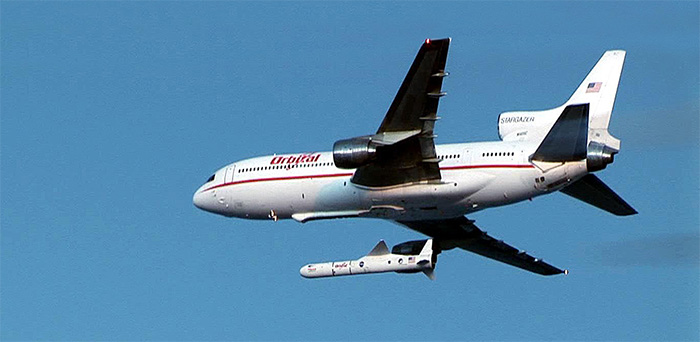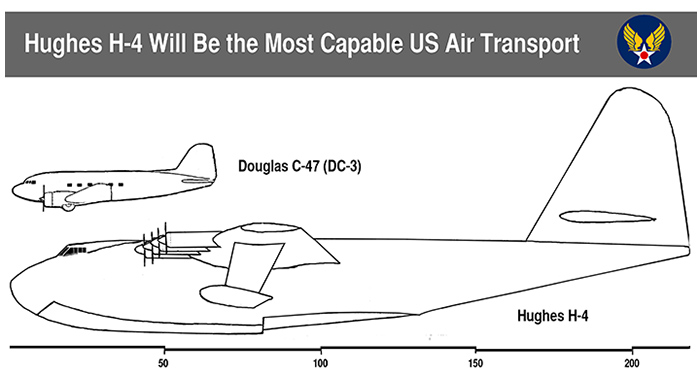“How many angels can dance on the head of a pin?” is often asked rhetorically, to indicate disdain at a silly question, or to indicate amusement at the foolishness of early religious thought.
Although, Catholic theologians tell us the question is both misquoted and misunderstood. The original form of the question asked how many angels could occupy an arbitrarily small point in space – there was no dancing involved. It was a serious philosophical thought experiment that touched on subtle questions about the nature of infinity, space, and divine nature. No theologian seriously proposed answers like 17 or 22. The only possibilities seriously considered were zero, one, and as “many as God wills.”
It’s ironic that this question is so often quoted to indicate the superiority of modern thought over medieval ignorance, when in fact it indicates a lack of historical and philosophical understanding among moderns. We cite this as an example of cultural bias, which one must always be on against when considering alien ideas.
Which brings us to our real subject – a recent press release by the SETI Institute, in which SETI Institute founder and former director Dr. Jill Tarter takes issue with physicist Stephen Hawking.
Dr. Tarter disagrees with recent statements by Dr. Hawking, who has warned that alien civilizations might harbor hostile intentions toward Earth. She states, “While Sir Stephen Hawking warned that alien life might try to conquer or colonize Earth, I respectfully disagree. If aliens were able to visit Earth that would mean they would have technological capabilities sophisticated enough not to need slaves, food, or other planets. If aliens were to come here it would be simply to explore.”



